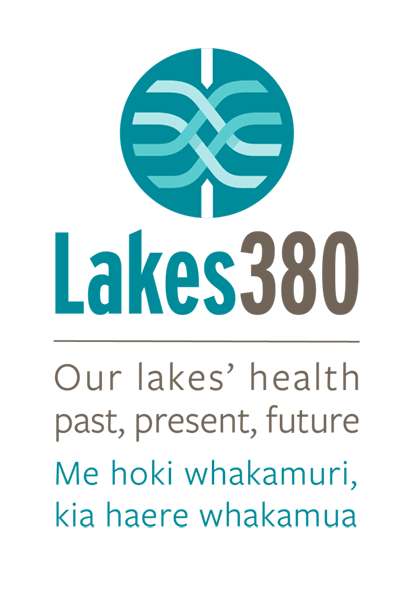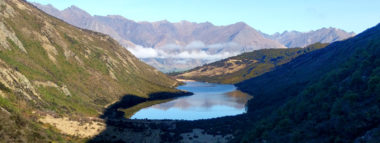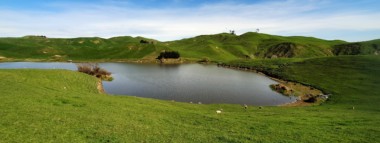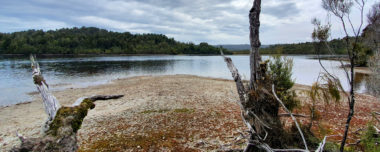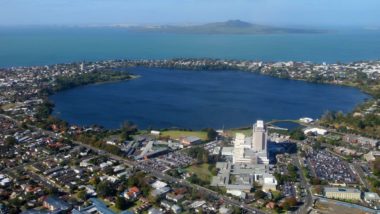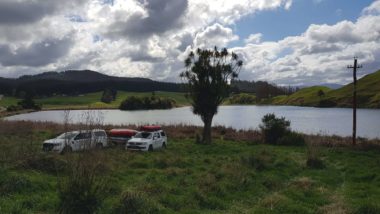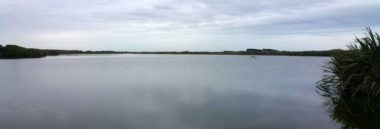The Science
To protect and restore our lakes, we need to understand their current health and how and why this has changed before and since human arrival. To identify changes we collect water and sediments from the lake.
All inputs into lakes eventually sink and combine to form sediment on the lakebed. These sediments are a treasure trove of information that scientists can use to understand how the health of the lake and surrounding land has changed through time. You can download a printable infographic that provides an overview of the importance of lakes and explores how sediment cores can be used to understand how and why the heath of a lake has changed.
Sediment cores
Sediments can be likened to the pages of a history book, continuously layering on top of one another recording environmental history, 24 hours a day, 7 days a week, year after year, for thousands of years. Everything that happens in or around the lake leaves a trace in the sediment.
Deceased lake organisms along with pollen, nutrients and toxins from the surrounding landscape end up on the lakebed (see figure above). By analysing each layer with scientific tools, researchers can start to understand how and why organisms and environments within and around a lake have changed.
The majority of Lakes380 sediment cores are sampled using a gravity corer. See this video to learn how the cores are collected.
Field sampling
The Lakes380 field team goes to great lengths to collect the samples we need to analysis. It takes a team of up to six people, two 4WD vehicles loaded with equipment in addition to our much-loved boats Kea, Kihitara and Kotare. For remote and alpine lakes, we make use of helicopters.r
Laboratory analysis
Once collected the samples are chilled and transported to various laboratories around New Zealand for analysis.
